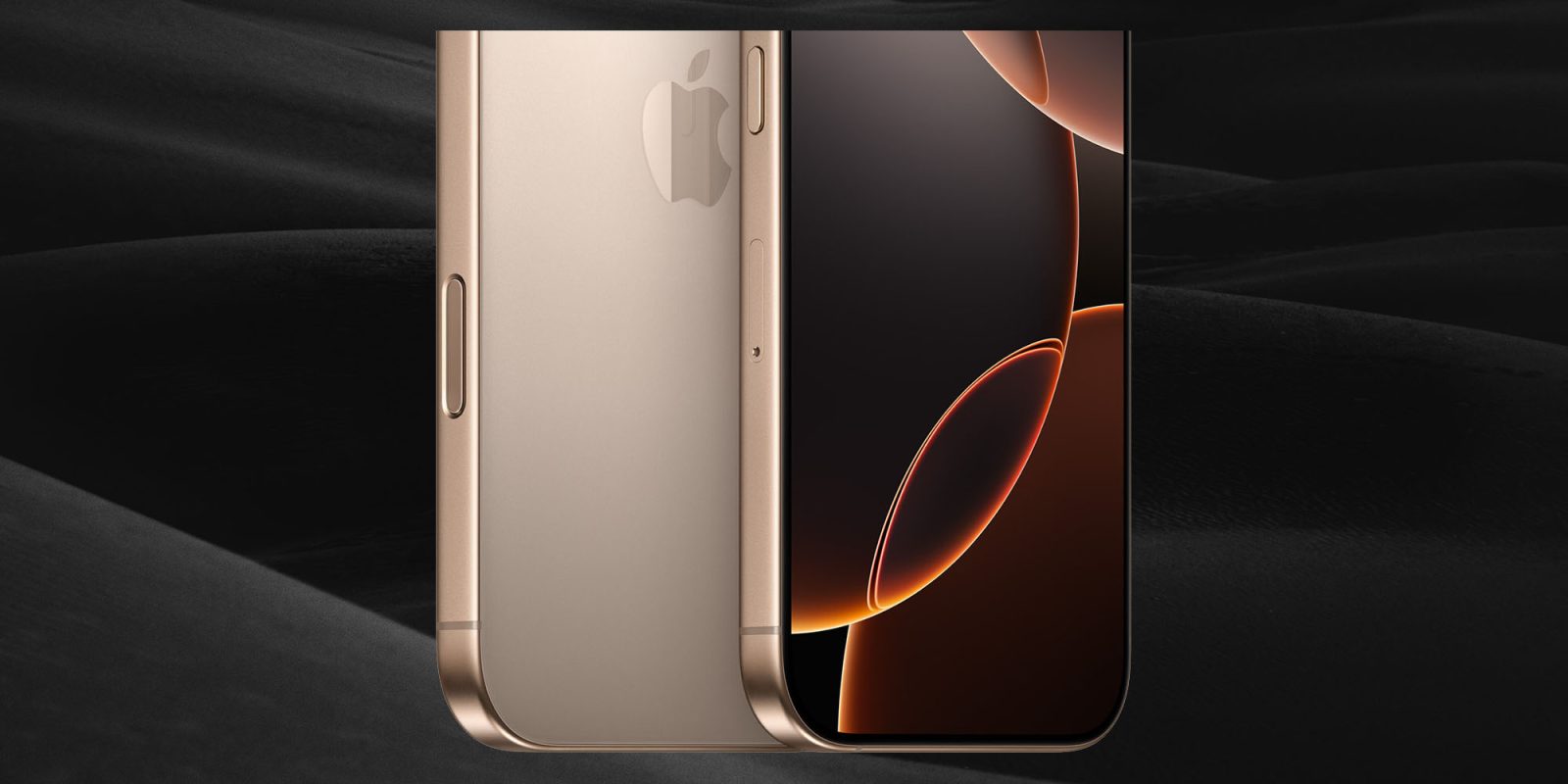
A pair of reports suggest we can expect to see three changes to the materials Apple uses in the casing of at least some iPhone 17 models.
The latest of these concerns the way that the sides of the phone blend in with the rear casing, with a smoother transition promised …
We’ve already heard two previous reports on changes Apple is reportedly planning to the materials it uses in the iPhone 17 – the frame, and the back.
A switch from titanium to aluminum frame
A report from late last year suggested that Apple would be swapping out the titanium frame used in the Pro models for the aluminum it uses in the standard ones.
Apple’s other iPhone models will also undergo significant design changes next year. For instance, they’ll all switch to aluminum frames from stainless steel and titanium, one of the people said.
However, we noted that this might not mean what The Information thinks it means.
The first point to make is that some potentially ambiguous language is being used. The Information said the “frame” would be aluminium, but in Apple’s terminology it already is. Apple refers to the “band” (aka the casing surrounding the display) as titanium, while describing the internal aluminum metalwork as the “frame” or “substructure.”
A switch to a part-aluminum, part-glass back
The back of current iPhones is glass, in order to support wireless charging. The same report said that this is going to change, Apple switching to aluminum for a larger camera module at the top, with glass below this.
The back of the Pro and Pro Max models will feature a new part-aluminum, part-glass design. The top of the back will comprise a larger rectangular camera bump made of aluminum rather than traditional 3D glass. The bottom half will remain glass to accommodate wireless charging, two people said.
A smoother transition between sides and rear
A new report today indicates that Apple is planning to use a new method of joining the rear of the casing to the sides, and that this would result in a smoother transition. Weibo leaker Fixed-focus digital made the claim.
The splicing materials of the iPhone series have been shared before… The key is that the connection area between the Deco of the fuselage and the back shell is a slope rather than a step.
Automated translations from the Chinese are rather clunky, but the post appears to refer to a more seamless join. While the existing join is not exactly visually obtrusive, this could potentially make the new models more comfortable to hold.
Image: 9to5Mac collage of images from Apple and Jeremy Bishop on Unsplash
FTC: We use income earning auto affiliate links. More.


Comments